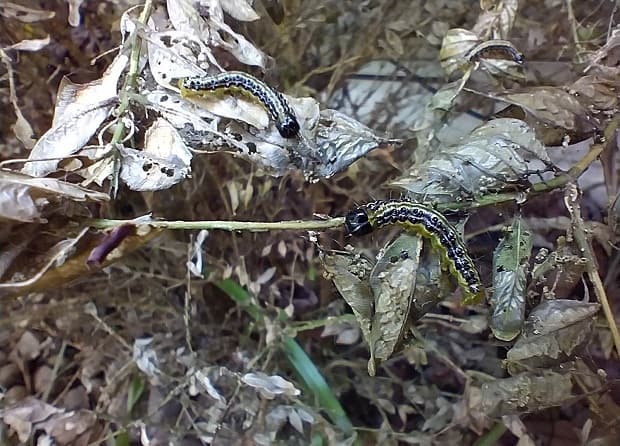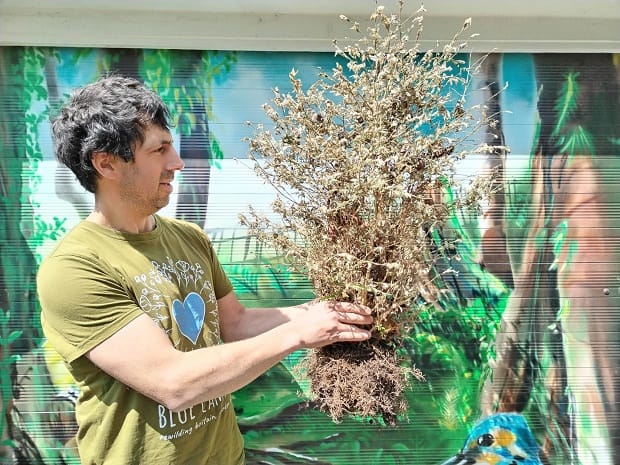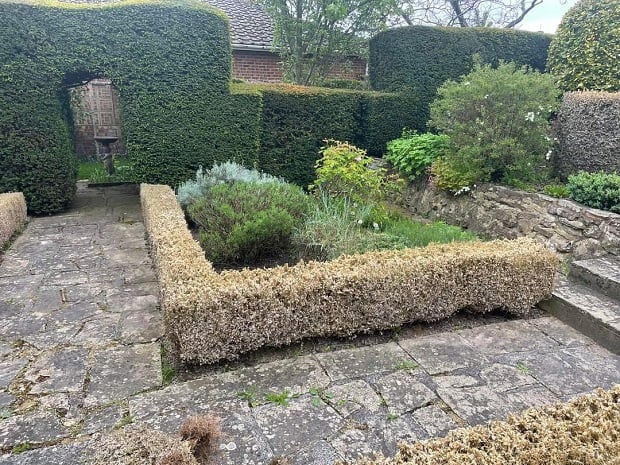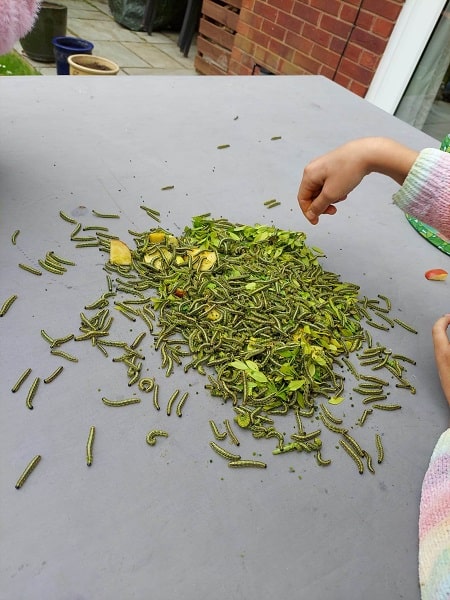
Thanet nature expert Nik Mitchell runs the Wildlife Conservation in Thanet page on facebook
I’ve been anticipating the invasion of this species in Thanet since I caught my first box tree moth in my moth trap about 4 years ago but this spring they have exploded in numbers.

I’ve been sent many pictures of destroyed box hedging so far this year. These caterpillars (the larval for the box tree moth) eat box leaves and produce webbing over their feeding area. They are causing more than 90% defoliation to people’s box hedging and topiary, in most cases killing off the plant. I’m extremely surprised at the severity of the infestations in such a short time.

The caterpillars of the box tree moth were not found in private gardens until 2011, it has since become widely distributed across the country. The moth is native to East Asia. They are here in the UK due to undetected eggs on imported plants.

Invasive species like this are happening hand in hand with commercial plant movement, climate change and the biodiversity crisis. Some pose little threat but many are a serious issue such as Harlequin Ladybirds, Grey Squirrels, American Bullfrog, American Mink, Signal Crayfish. There is also a big threat to our coastline from the Pacific Oysters. What can you do about the box tree moth caterpillars in your garden?
What you should NOT do
Do not use pesticides or insecticides. The toxic impact of these chemicals will harm & kill ALL insects using the bush and in the area.
Box mother caterpillar have 2-3 life cycles each year that last around 45 days so it’s a battle you will be unlikely to win.
What you should do
Where practical, caterpillars should be removed by hand Pheromone traps can help monitor, catch & dispose of adult moths The best thing you can do is to consider choosing alternatives to box plants. It may be a case of giving up on your much-loved box hedge but they only eat box hedging so you can just swap it out.
There are many more plants that are much more beneficial to wildlife such as Hebe, Cotoneaster, Lavender, Guelder Rose & Pyracantha. So this battle lost could well lead to better biodiversity in your garden.
Like many invasive species these moths are here to stay, so do what you can to make your garden as beneficial to our native wildlife as possible, it’s our native wildlife that sits uniquely in our environment & improves it.

